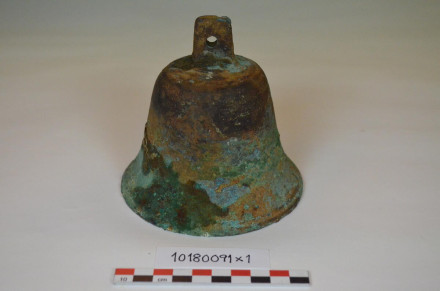History
In 2019 divers from Søgne Diving club found the wreck of Juffrau Elisabedt. Some of the artifacts were taken in to conservation at the Norwegian Maritime Museum. The wreck site is a protected cultural heritage site.

Three of the crewmembers also testified that the ship belonged to Amsterdam and left the city on the 2nd of March. Their destination was Drøbak in Norway and they carried only ballast in their hold. Ballast was sand and stones used to stabilize the ship by giving the hull extra weight. They didn’t bring any merchandise to sell but were about to buy timber.
According to testimonies, before the ship sank the ballast had gathered in the front of the vessel, so that the bow had sunk and was pointing towards the sea bottom. It was deemed impossible to salvage anything from the ship. Further testimony described how they had managed to sail through the swells, but inshore they went aground and abandoned the ship there. People living locally had come out to help but they didn’t have enough rope to reach the ship. The crew said that the ropes were under deck so the attempt to save the ship was abandoned.

Noordsvaarder
The Juffrau Elisabeth was a so-called Noordsvaarder (in Dutch). These were fluyte ships specially designed to transport beams. Before this, these ships had a loading port in the hull.
Noordsvaaerders were generally unarmed because the route to Norway was considered safe. No canons meant more cargo space.
Crew
Two crew members came from Hindelopen. We know that this city had a large community of Anabaptists. They were generally pacifist. Hindelopers were often found on the Noordsvaarders. See also the flute Peace of Nijmegen
Description

References
- https://marmuseum.no.
Juffrau elisabedt 1760. - Mandals Tingbok.
- Frode Kvalø, Norsk Maritimt Museum.
Dokumentasjon og opptak av utvalgte gjenstander.